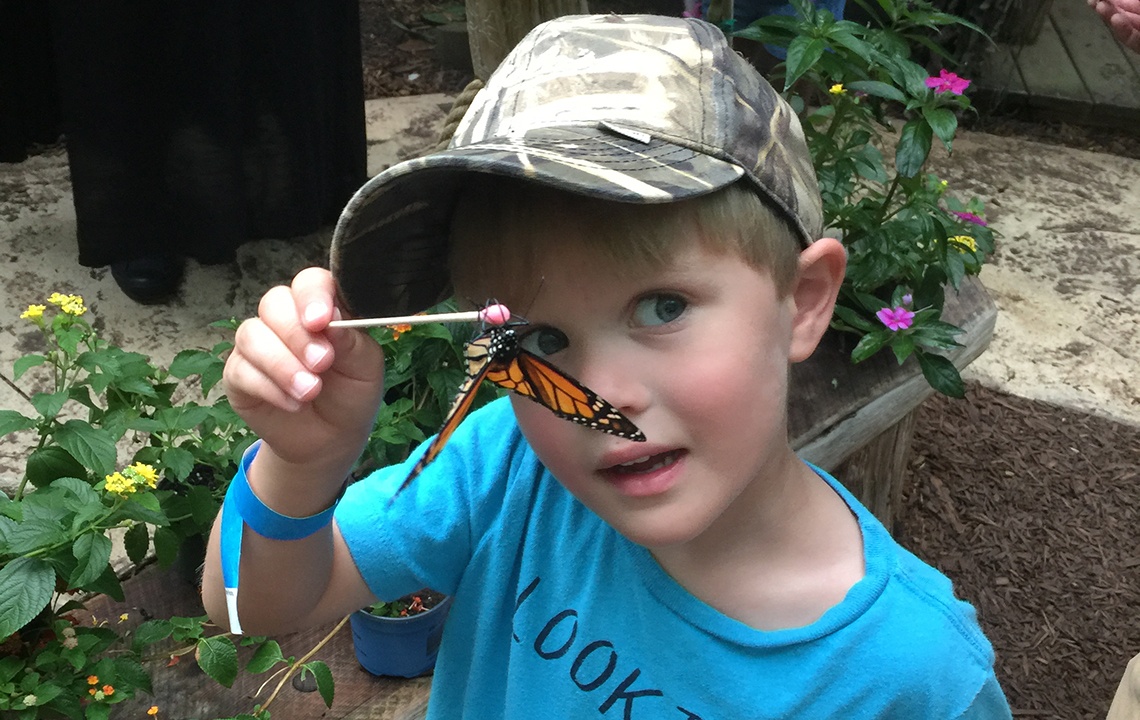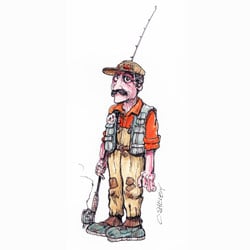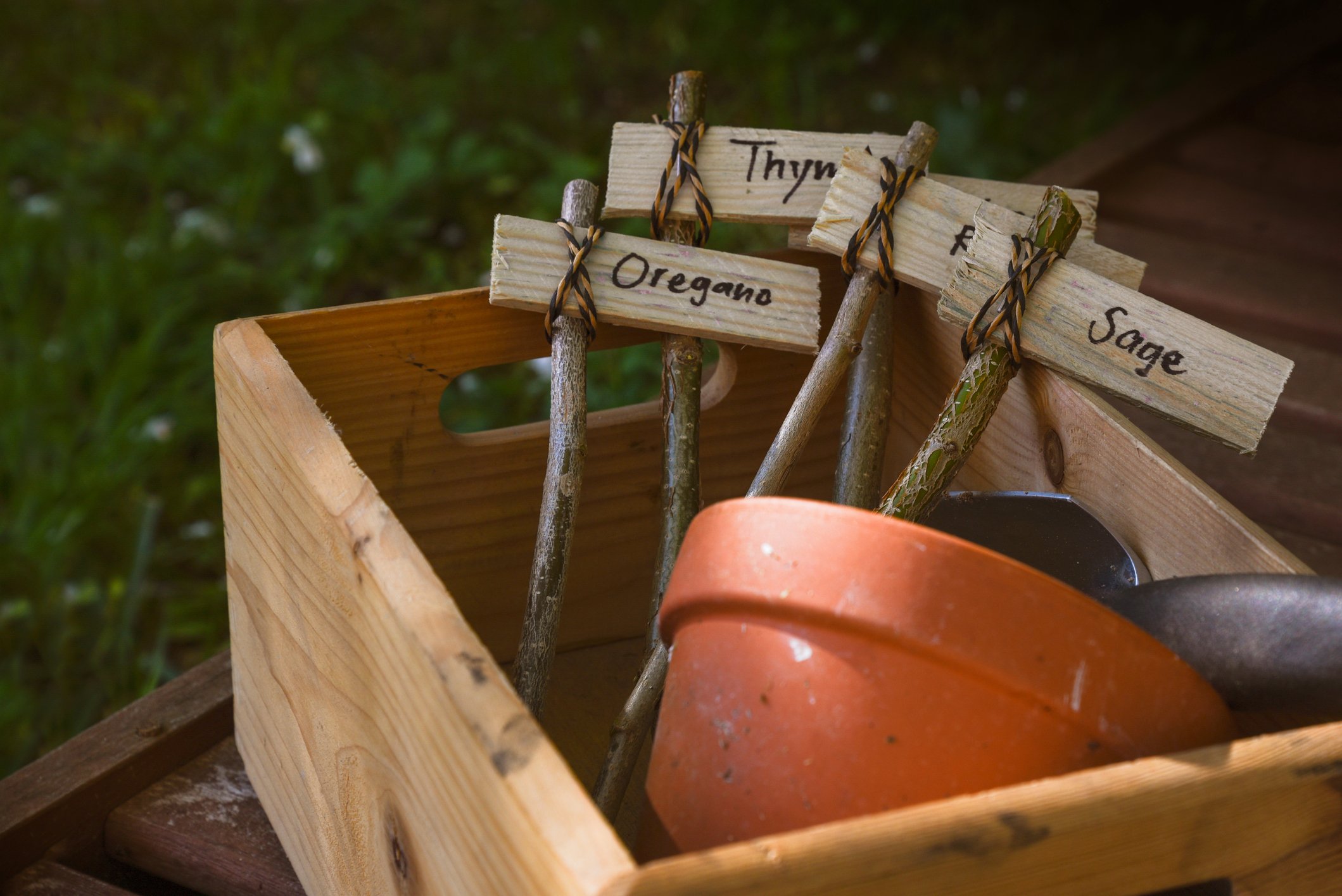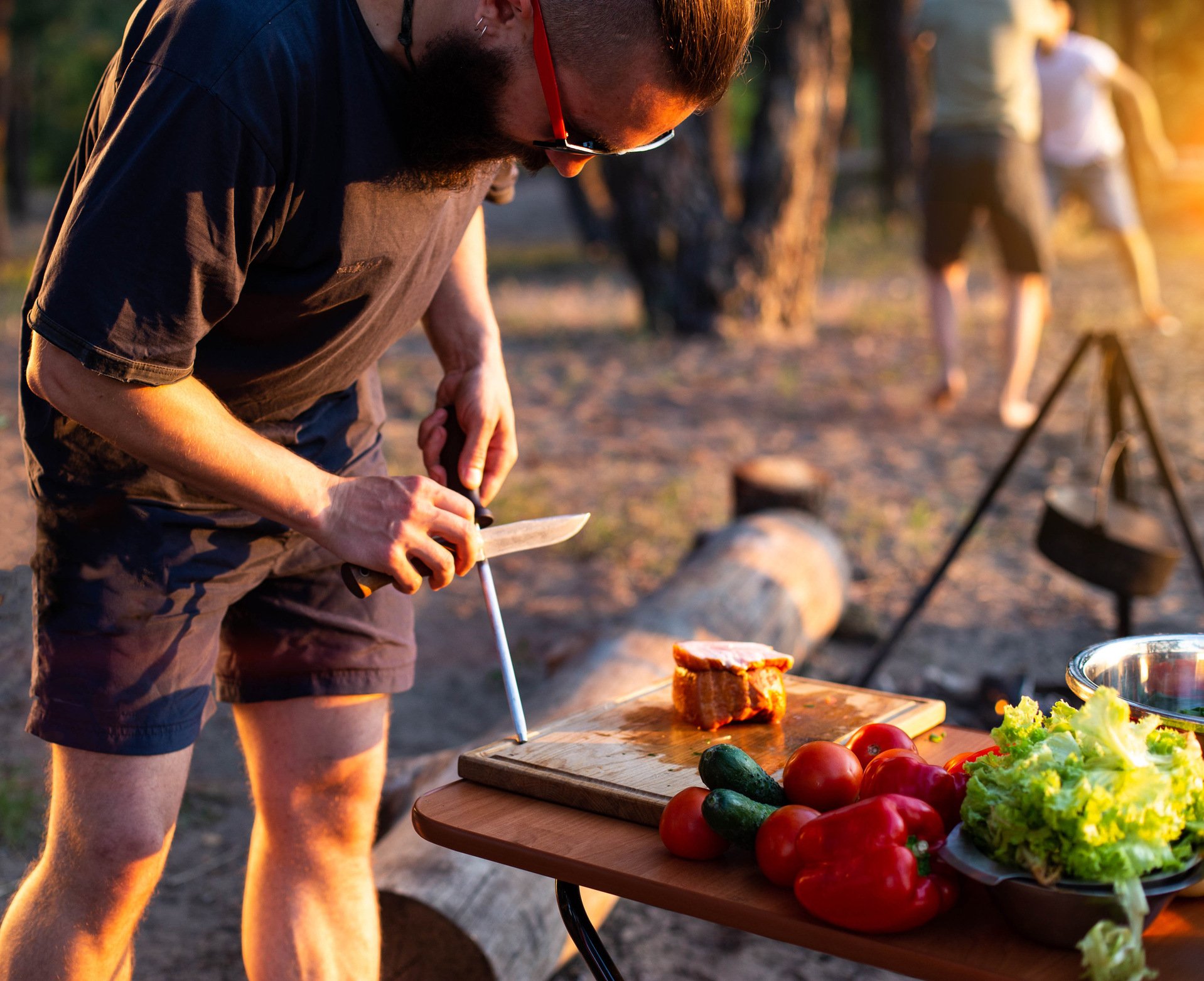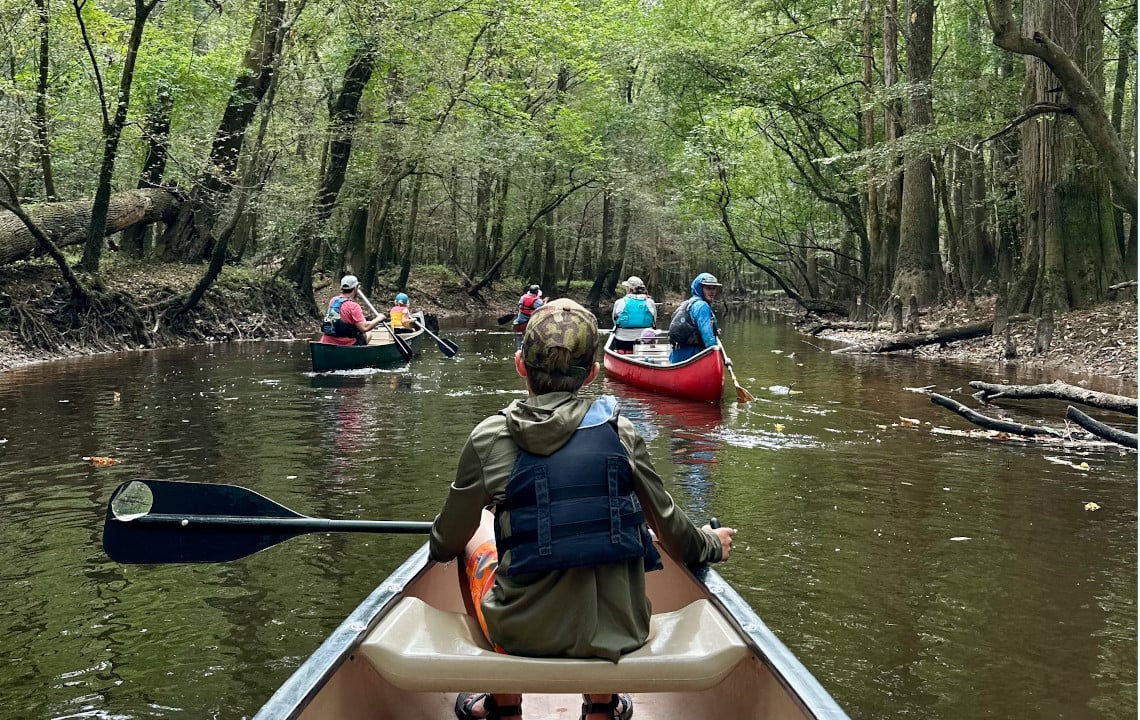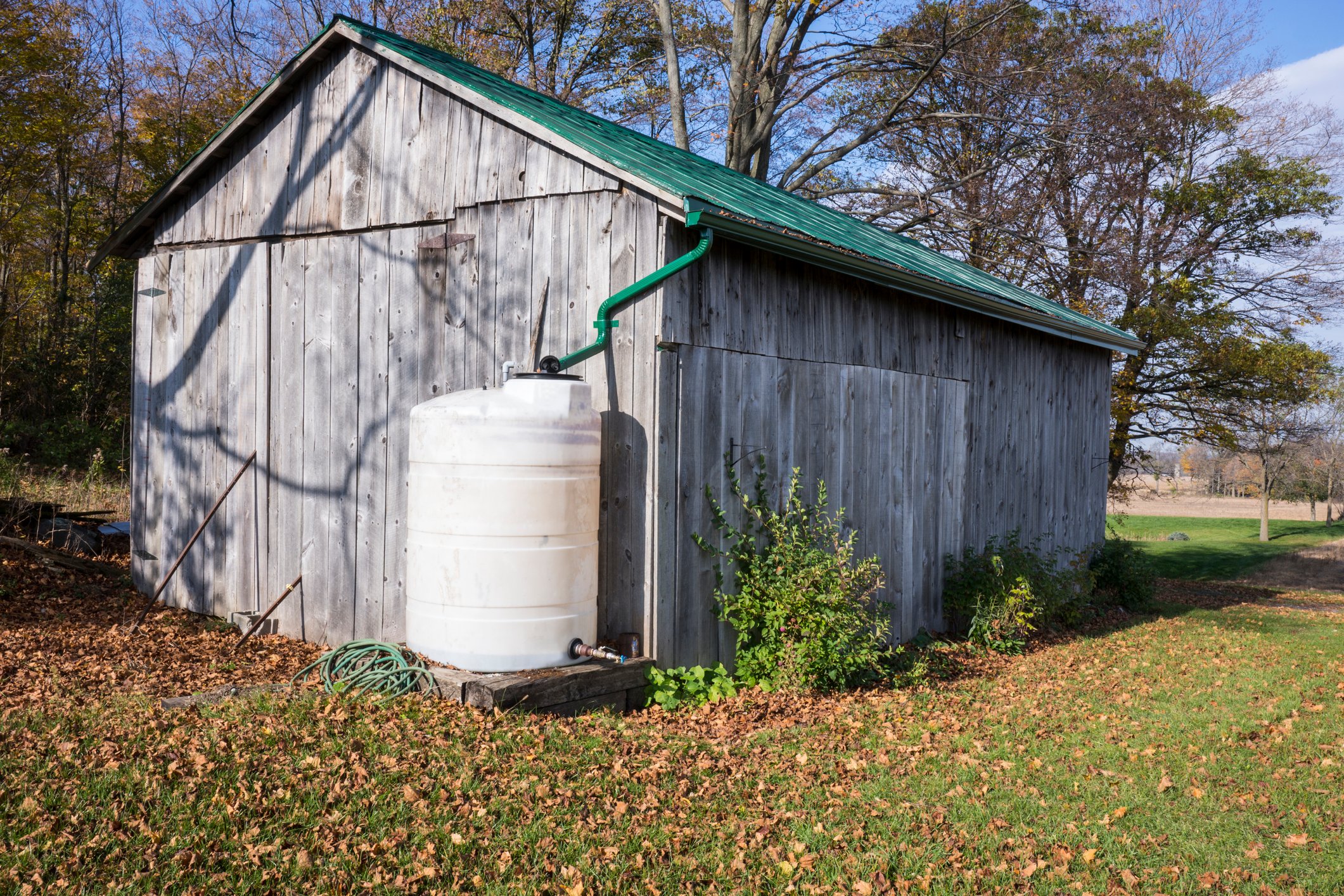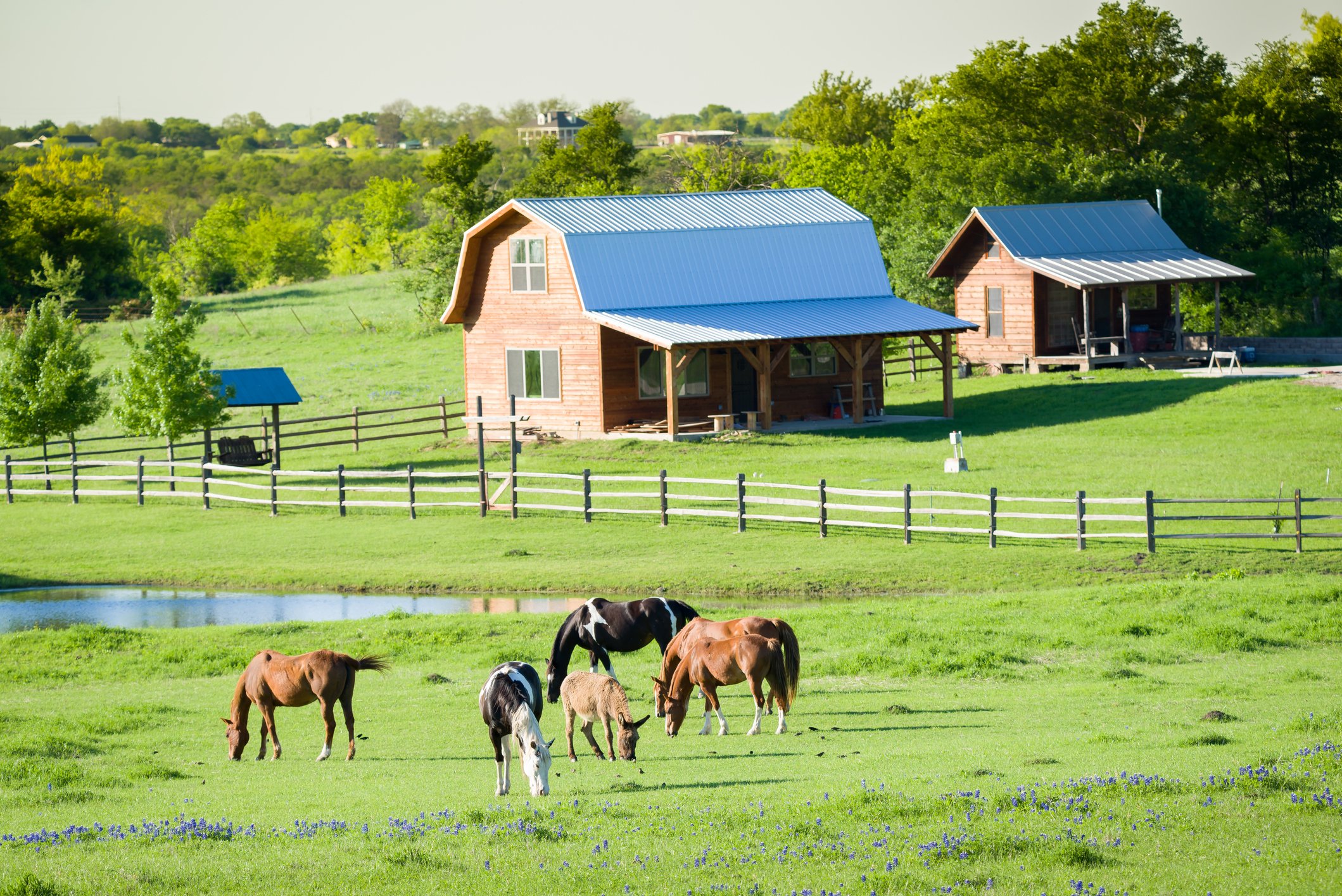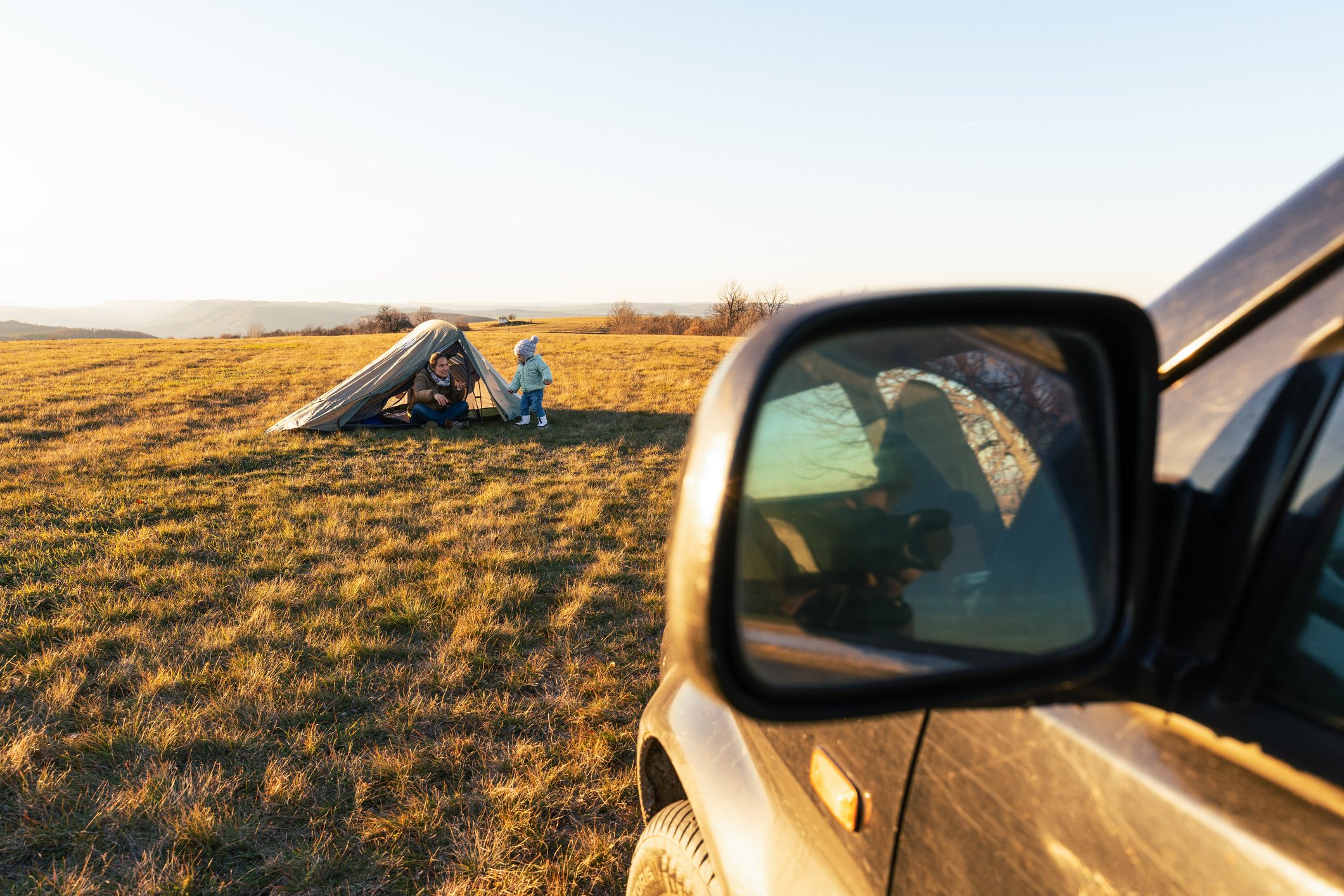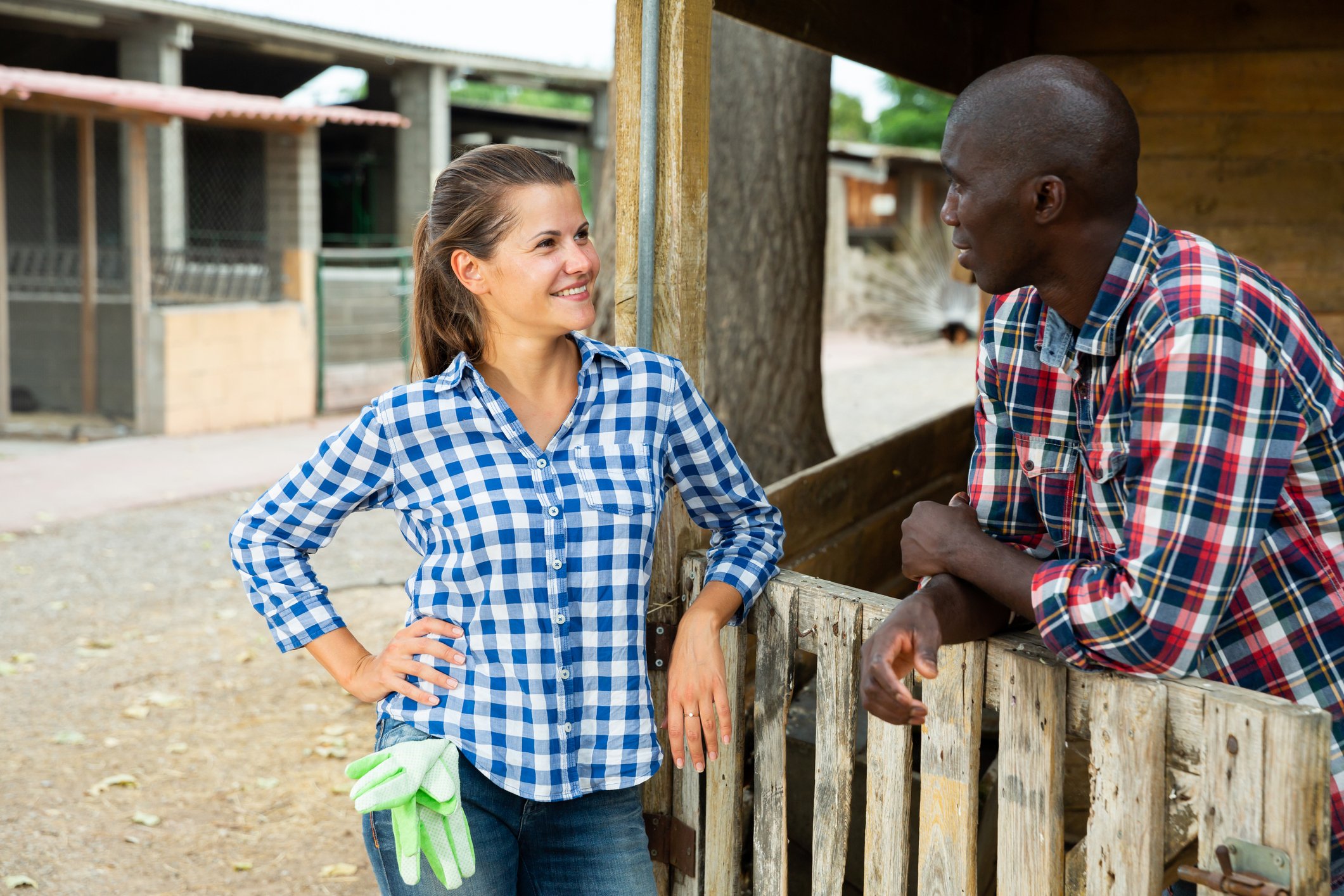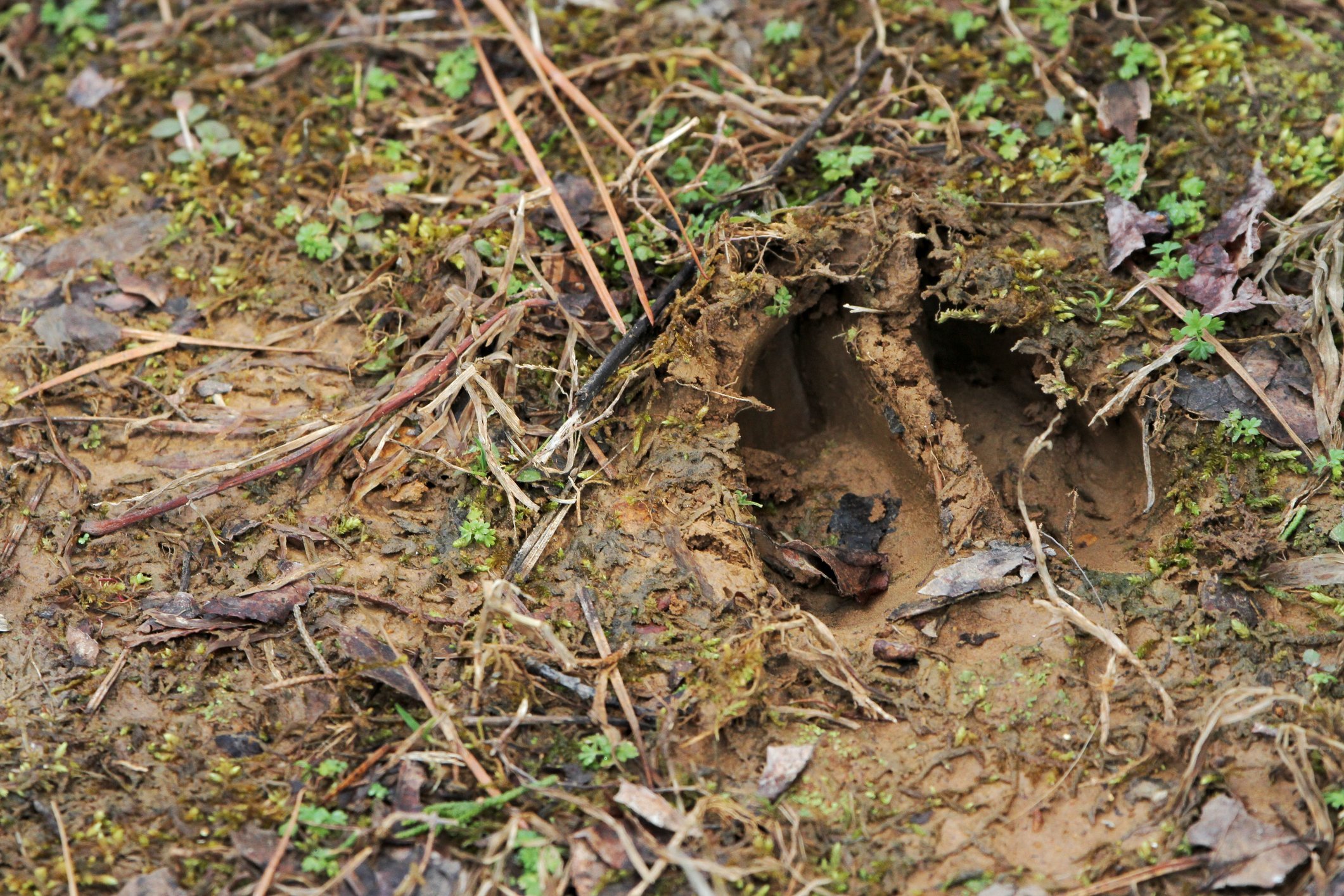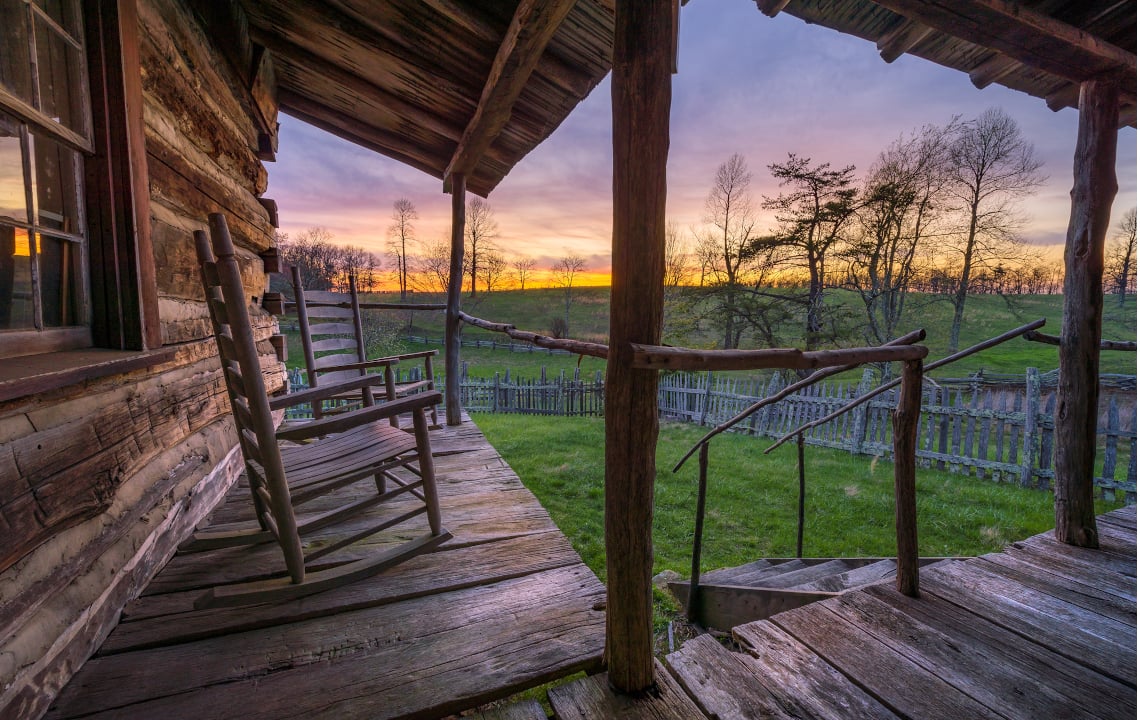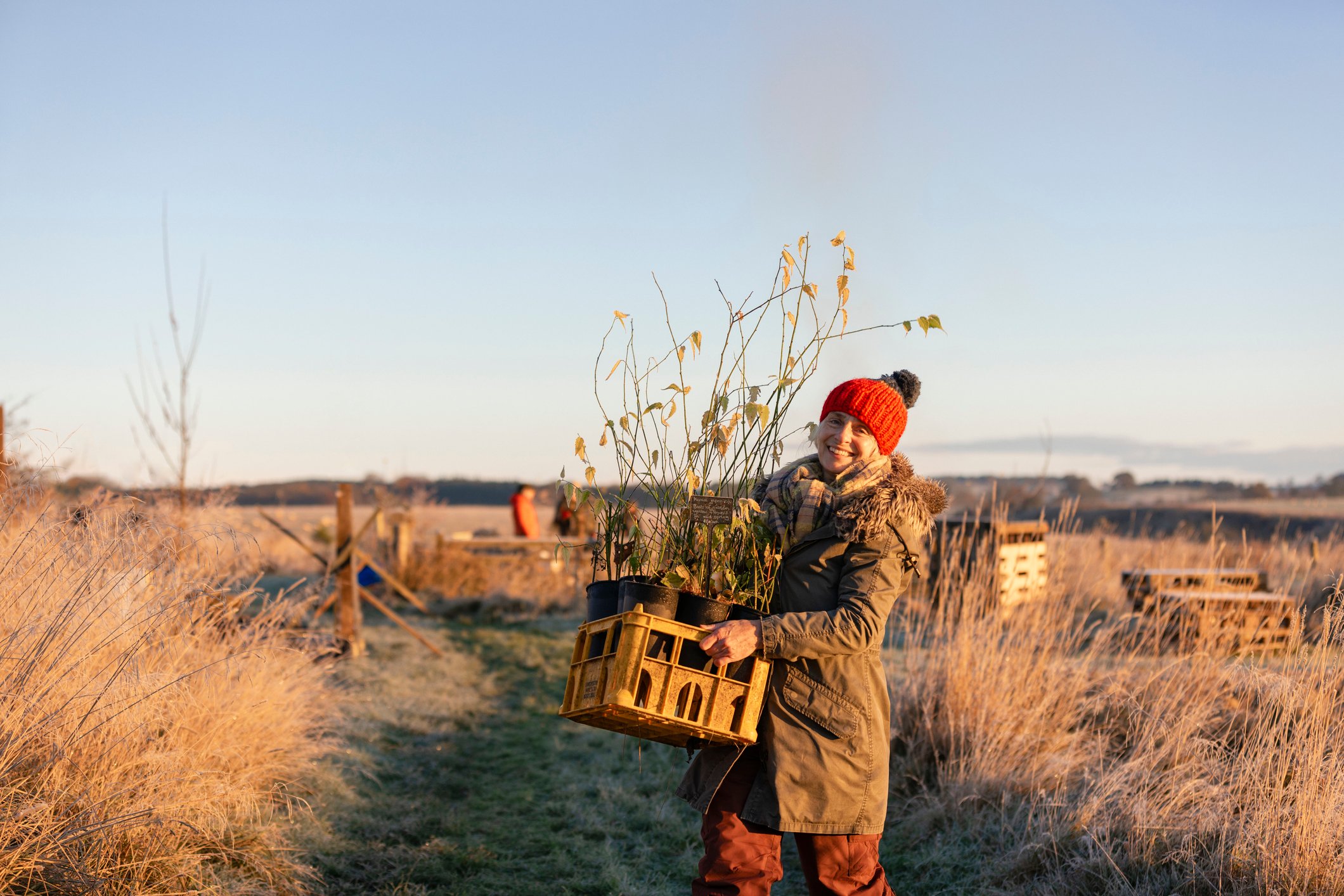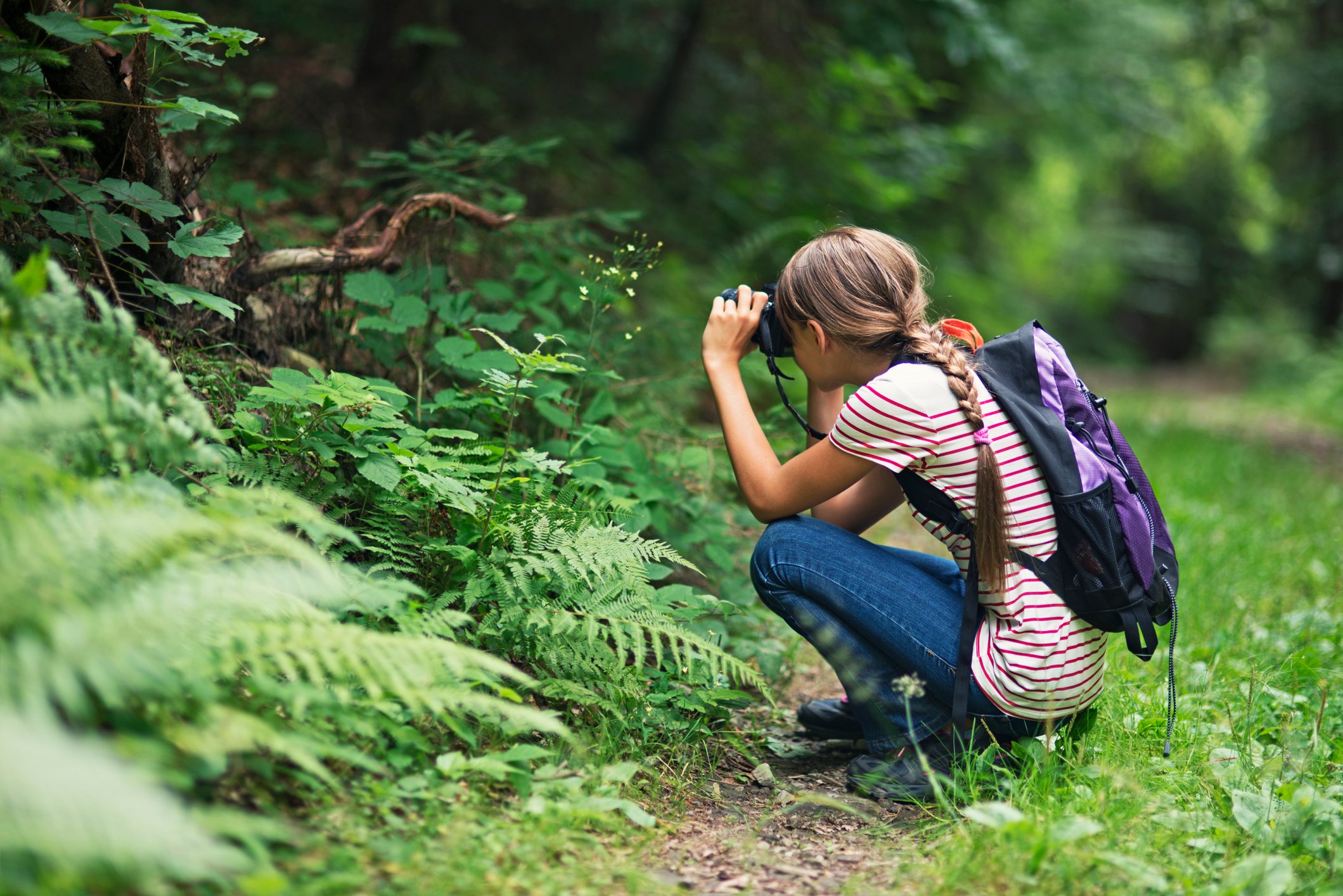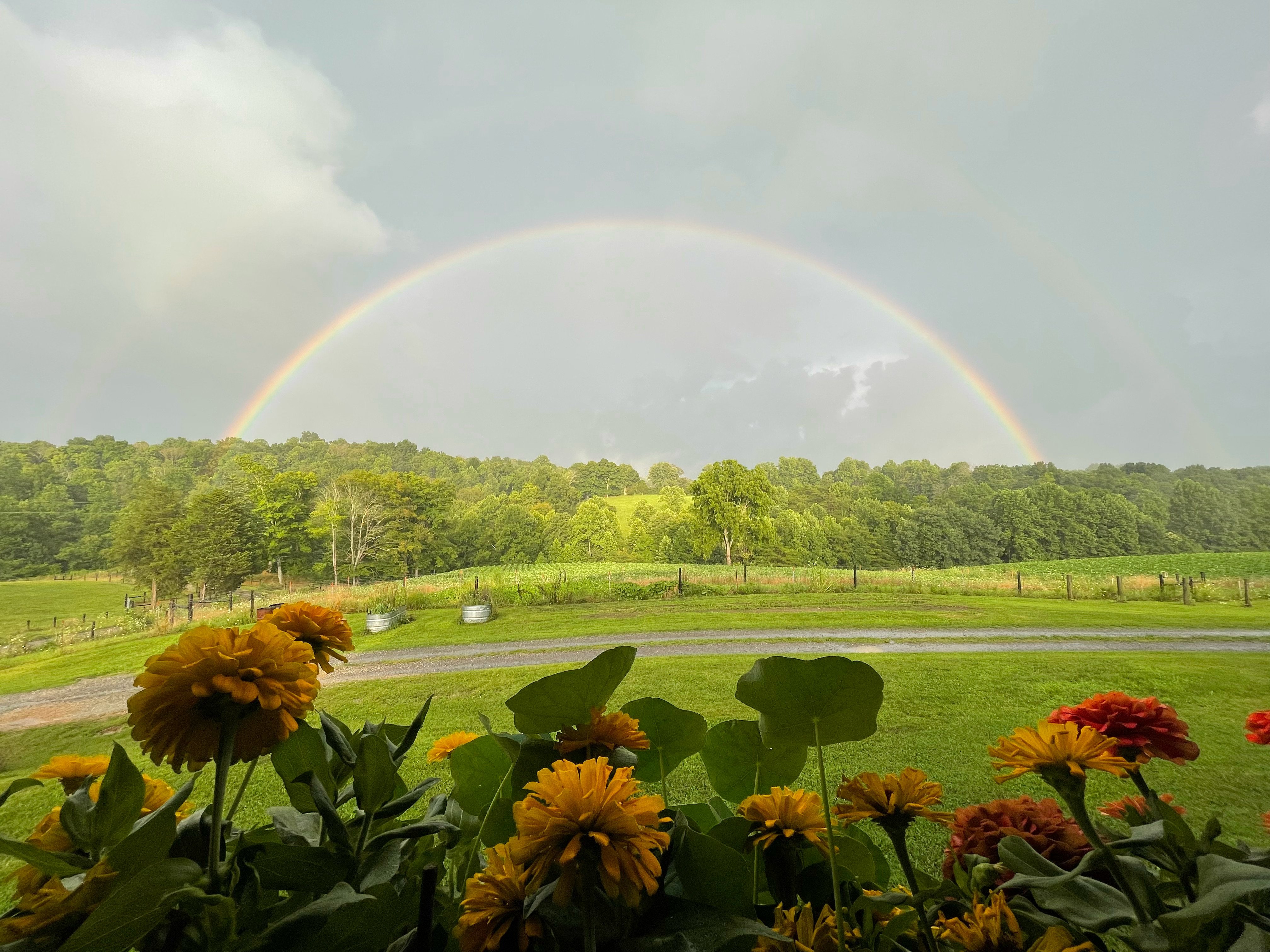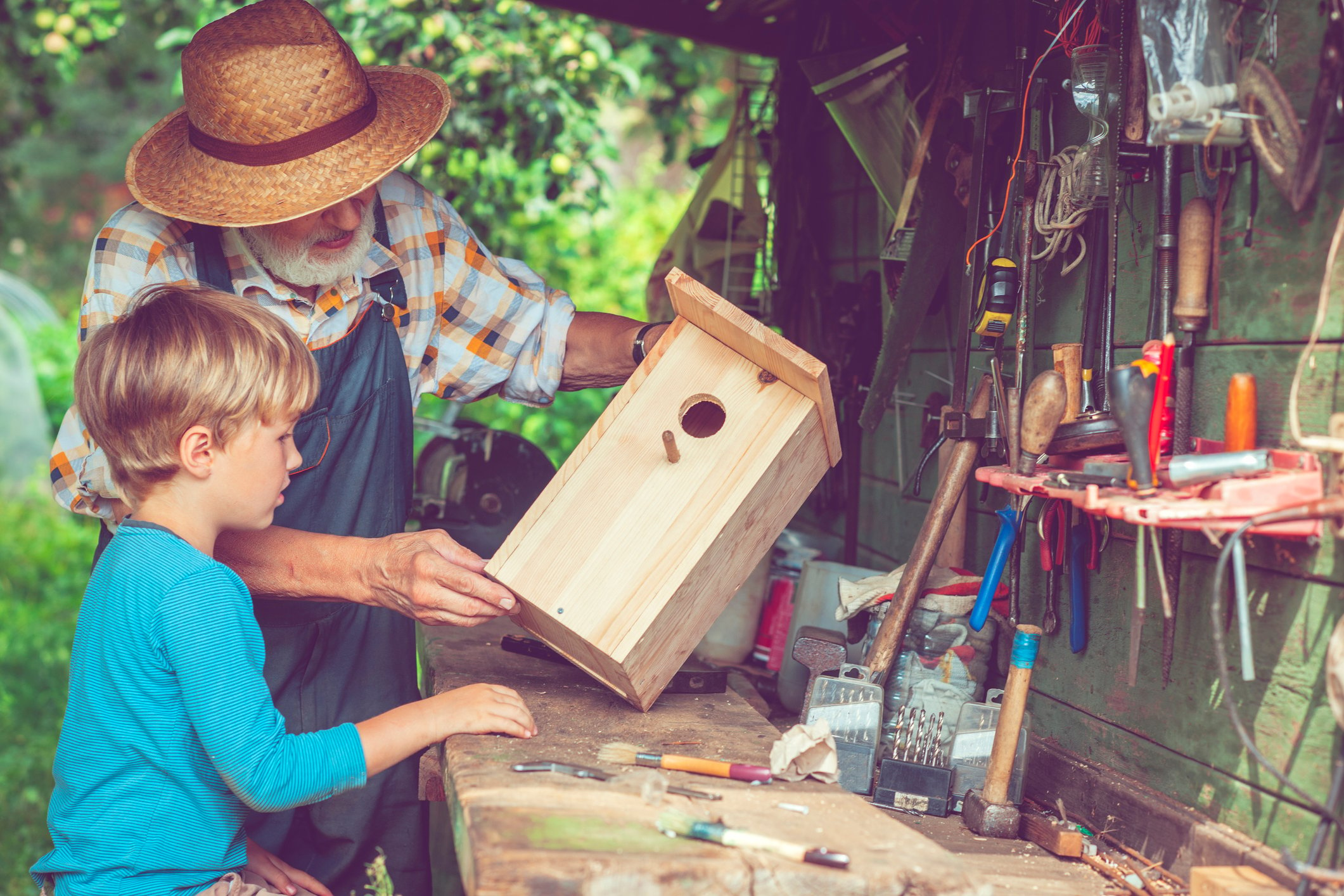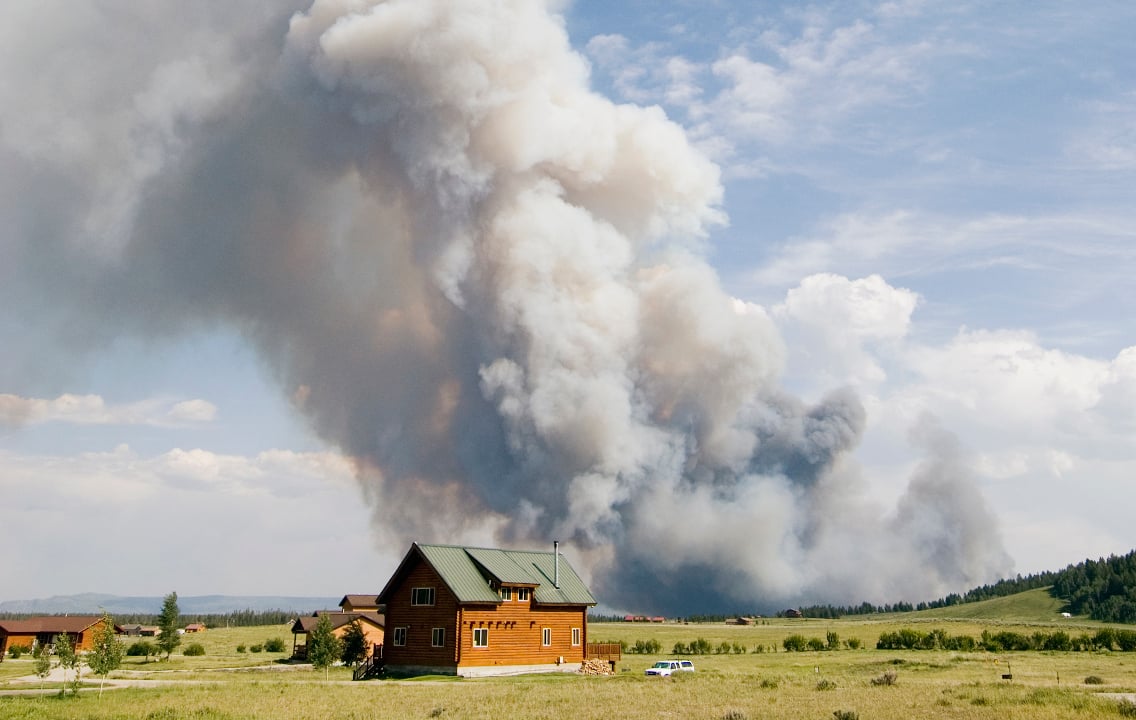A visit to a hands-on science center inspires a group of children to spend more time outdoors.
Youngsters step outdoors with insatiable curiosity, ready to look behind every bush and flip every rock just to see what’s there. Whether it’s digging worms or catching crawfish, only hands-on science can scratch their itch. What most kids want is a heavy dose of nature.
A great way for these kids to satisfy this appetite for nature is a trip to a science center, such as Roper Mountain Science Center in Greenville, South Carolina. Established in 1985, it sits on 62 acres on the edge of the city.
Visitors to Roper Mountain can experience a range of exhibits including marine labs with fish and sea creatures; discovery rooms with reptiles, amphibians, and birds; and living history farms. They can step back into the past and see crafts of old or dip a finger in a coastal habitat as saltwater creatures crawl and swim in a petting pool. Or they can visit an observatory and view the stars through a historic telescope.
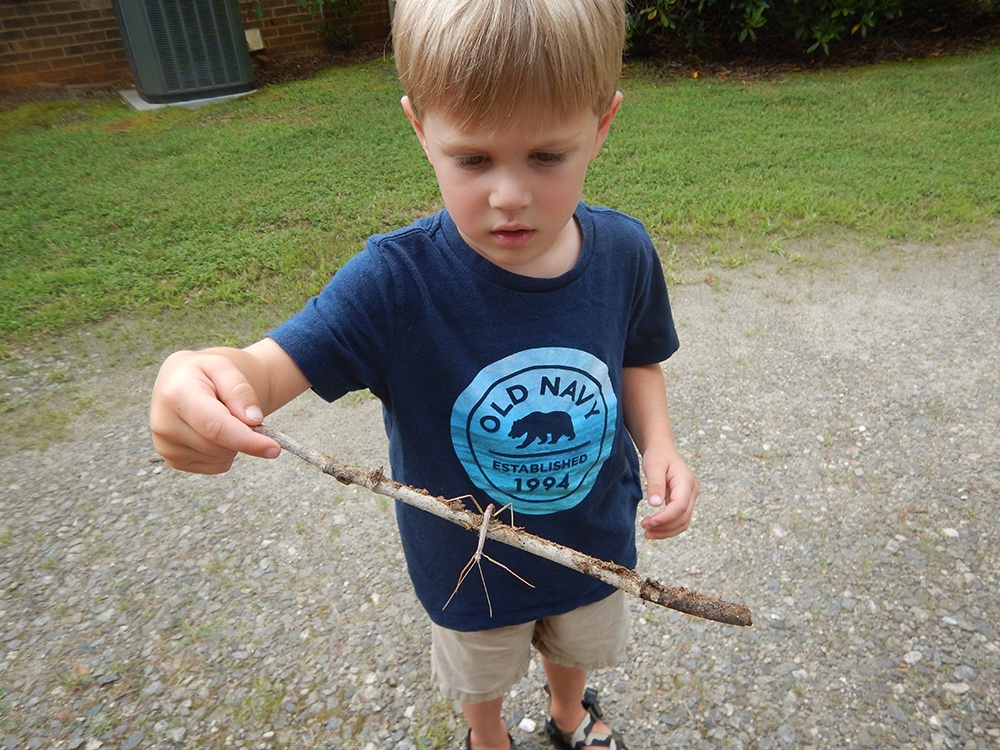
On one Saturday morning, I attended a butterfly festival and saw the experience through the eyes of children. Prior to our visit, butterflies were raised on site, starting with eggs that hatched and became caterpillars. Before long, the caterpillars became butterflies and the festival was on.
Children were allowed to enter a garden loaded with butterflies. The youngsters were given nectar sticks to attract the butterflies, which landed on the sticks, giving them up-close views of colorful, fluttering insects. They experienced in minutes more than could be had in a full summer outdoors.
The room quivered with the wings of butterflies moving from flower to ceiling and back. They hovered just out of reach at times until the scent of nectar sticks brought them closer and they finally landed. Once on the nectar stick, the butterflies paused just long enough for the children to have a good look at the intricate patterns and delicate wings, then they were off again.
With the energy only little legs have, these children went on to pet fish in a small pool. On the farm, the youngsters tasted blackberries grown on agricultural lands at Clemson University. And they ate different types of honey made from a variety of blossoms while a portable hive gave them a view to the making of it.
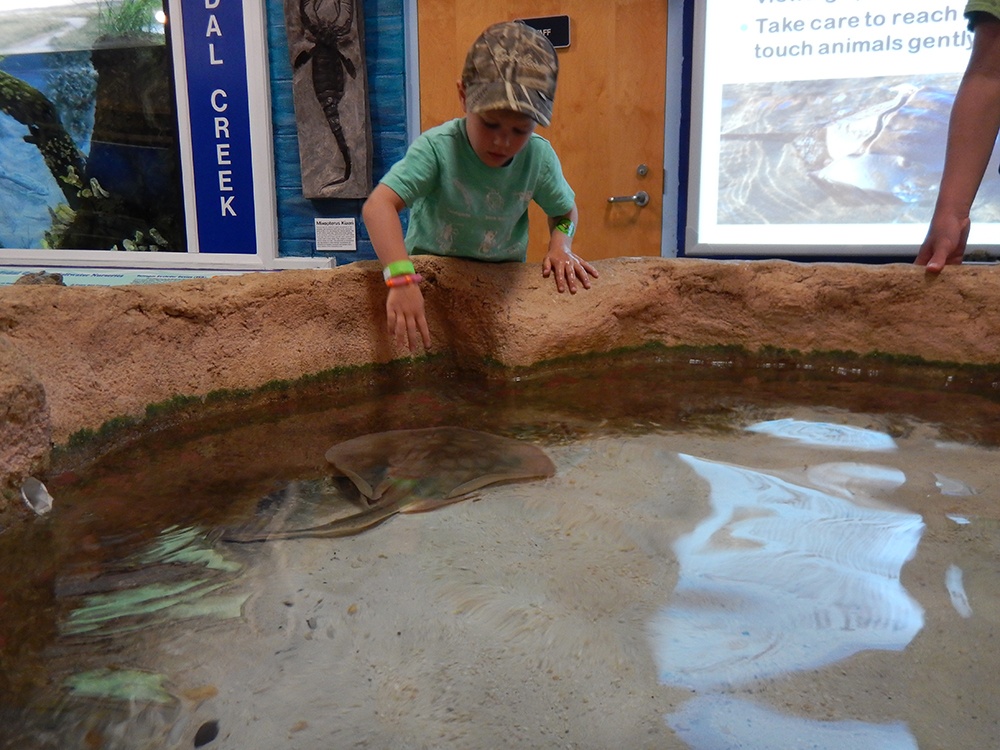
In the eyes of children, I saw first wonder and curiosity. Without knowing they were doing so, they learned what habitat each animal lived in. Their knowledge grew but it never quenched their curiosities.
For now, back in their own yards and woods, the question becomes, “I wonder how many of these creatures are in my corner of the world?”
The only way for them to answer that question is to go find out for themselves. A heavy dose of nature does more to develop the appetite for the outdoors than it does to quench it.


